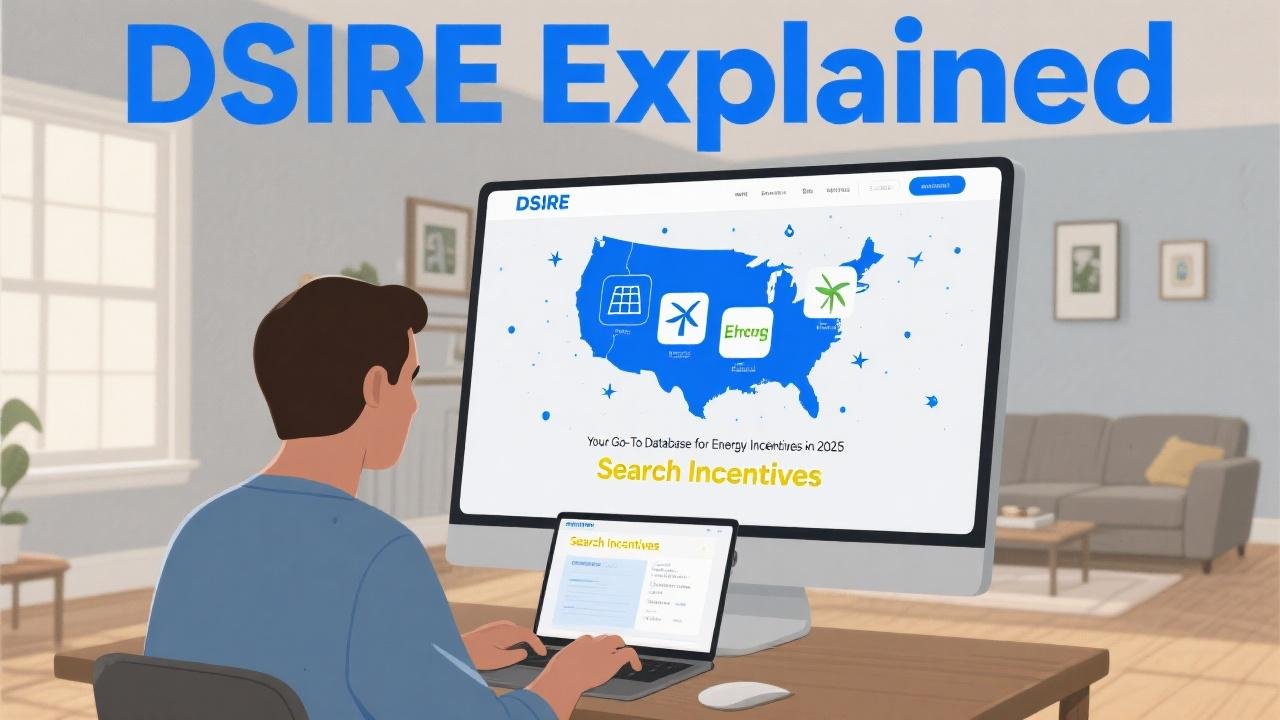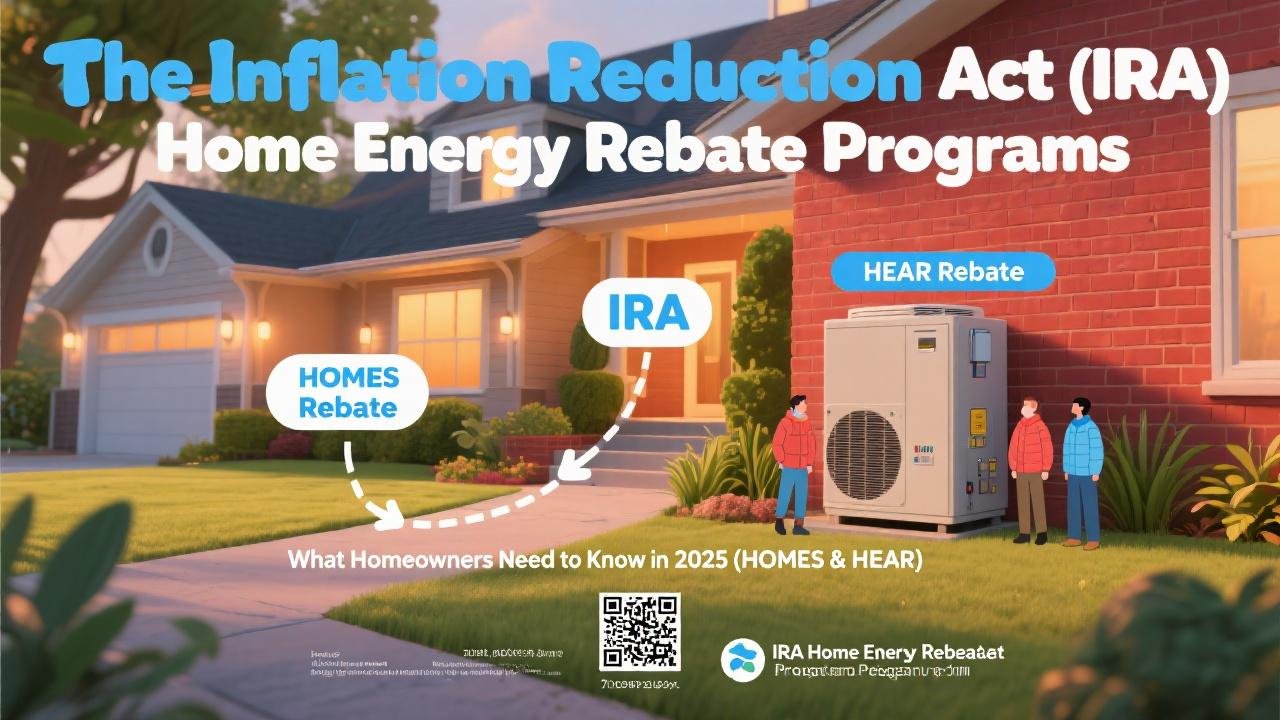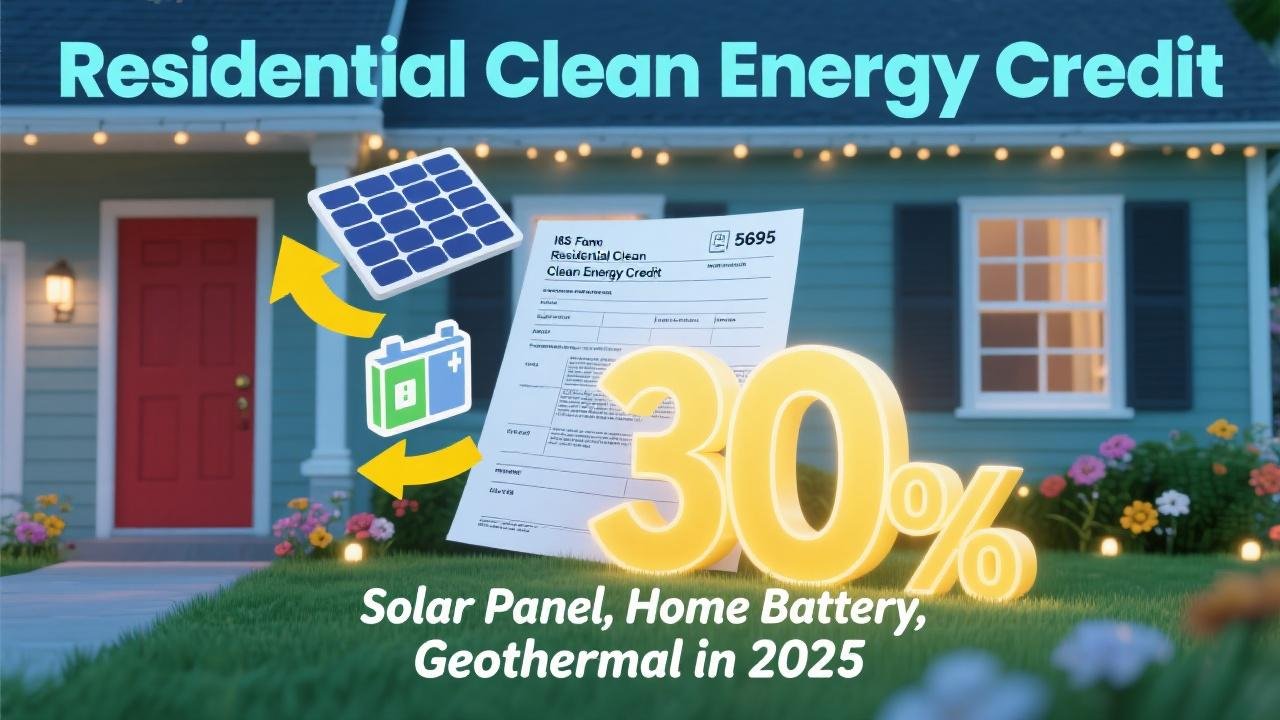Unlocking a Treasure Trove of Energy Savings Information
Navigating the complex world of energy incentives can feel like searching for a needle in a haystack. With programs varying at the federal, state, local, and utility levels, how can you possibly find all the rebates, tax credits, grants, and policies relevant to your home energy project in 2025? Fortunately, there’s a comprehensive, publicly available resource designed to do just that: the Database of State Incentives for Renewables & Efficiency (DSIRE). This guide will explain what DSIRE is, how it’s structured, and how you can use it to uncover valuable energy-saving opportunities.
What is DSIRE?
DSIRE is the most comprehensive source of information on incentives and policies that support renewable energy and energy efficiency in the United States. It is operated by the N.C. Clean Energy Technology Center at North Carolina State University and is funded by the U.S. Department of Energy. For years, DSIRE has been the go-to resource for homeowners, businesses, policymakers, and researchers seeking accurate and up-to-date information on the thousands of energy-related programs across the country.
What Kind of Information Can You Find on DSIRE?
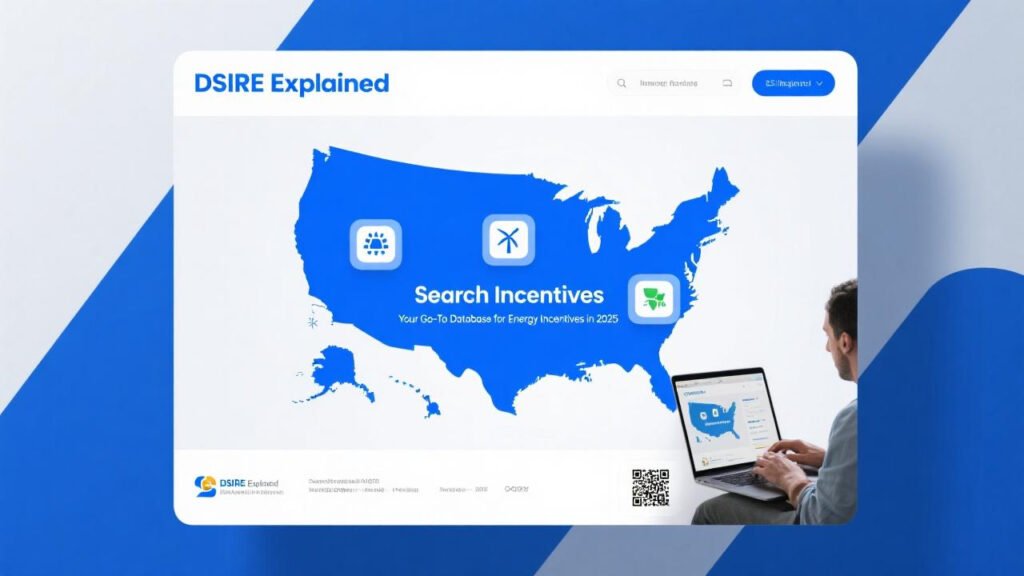
DSIRE catalogs a vast array of policies and incentives, including but not limited to :
- Financial Incentives:
- Rebate Programs: (e.g., for solar panels, heat pumps, efficient appliances, EV chargers)
- Tax Credits (Personal and Corporate): Federal and state income tax credits.
- Grants: Often for specific projects or community initiatives.
- Loan Programs: Low-interest or specialized financing for energy upgrades.
- Property Tax Incentives: Exemptions or special assessments for renewable energy installations.
- Sales Tax Incentives: Exemptions or reductions for eligible equipment.
- Performance-Based Incentives (PBIs): Payments based on energy production (e.g., SRECs).
- Feed-in Tariffs (FITs): Guaranteed payments for renewable electricity fed into the grid.
- Regulatory Policies:
- Net Metering / Net Billing Rules: How utilities credit customers for excess solar generation.
- Renewables Portfolio Standards (RPS): State mandates requiring utilities to source a certain percentage of their electricity from renewable sources.
- Energy Efficiency Resource Standards (EERS): State goals or mandates for utility energy savings.
- Interconnection Standards: Rules for connecting distributed generation systems (like rooftop solar) to the grid.
- Building Energy Codes: Efficiency standards for new construction and major renovations.
- Solar/Wind Access Laws & Easements: Policies protecting a property owner’s right to sunlight or wind.
- Contractor Licensing Requirements: For solar or wind installers.
- Community Solar Rules.
- Energy Storage Targets or Mandates.
How is the DSIRE Database Structured?
DSIRE is designed to be user-friendly and allows you to search for information in several ways :
- Search by State:
- The primary way to navigate DSIRE is by selecting your state from an interactive map or a dropdown list. This will take you to a dedicated page listing all known policies and incentives active in that state.
- Each state page typically categorizes programs by eligibility (e.g., residential, commercial, utility) and technology type.
- Search by Zip Code (for some features):
- While the main database is state-focused, DSIRE often links to or integrates with tools like the ENERGY STAR Rebate Finder, which can use your zip code for more localized utility rebate information.
- Filter by Program Type or Technology:
- Within a state’s page, or through advanced search options, you can often filter results by the type of incentive (e.g., “Rebate Program,” “Personal Tax Credit”) or by the specific technology you’re interested in (e.g., “Solar Photovoltaics,” “Air Source Heat Pumps,” “Energy Storage”).
- Federal Incentives Section:
- DSIRE also has a dedicated section for all federal-level incentives and policies, which apply across the United States.
What Information is Provided for Each Policy/Incentive on DSIRE?
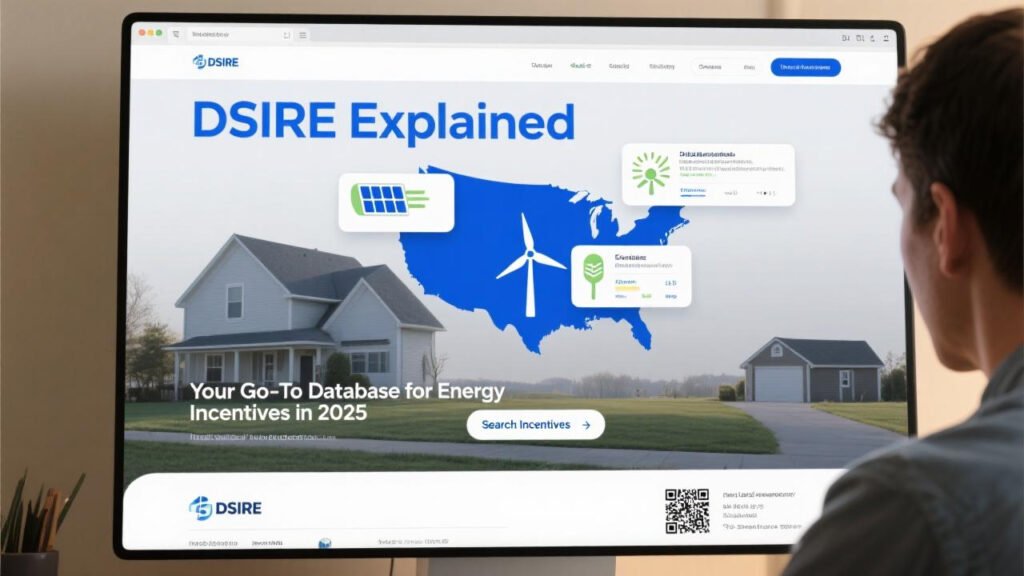
For each program listed, DSIRE typically provides a detailed summary that includes :
* Program Name and Status: (e.g., Active, Expired)
* Administering Agency/Organization: (e.g., State Energy Office, specific utility company, CPUC)
* Eligible Technologies: (e.g., Solar PV, Lithium-ion batteries, Wind)
* Applicable Sectors: (e.g., Residential, Commercial, Industrial, Non-Profit)
* Incentive Amounts/Details: (e.g., rebate per watt, percentage of cost, tax credit limits)
* Eligibility Requirements: (e.g., system size limits, equipment standards, income requirements, installation prerequisites)
* Program Start and End Dates (if applicable):
* Budget Information (if available):
* Website Link: A direct link to the official program website or relevant documents.
* Contact Information: For the program administrator.
* Summary Description: A concise overview of the policy or incentive.
* Last Update Date: DSIRE is regularly updated to reflect changes in policies.
For example, a DSIRE entry for California’s Self-Generation Incentive Program (SGIP) would detail its budget, administering utilities (PG&E, SCE, SDG&E), eligible technologies like solar PV and lithium-ion storage, incentive levels per kWh for storage or per watt for generation, system size requirements, and installation/equipment standards.
Tips for Using DSIRE Effectively in 2025:
- Start Broad, Then Narrow: Begin by looking at your state’s overall page, then filter down to the specific technologies or incentive types you’re interested in.
- Always Check the Official Program Website: DSIRE provides excellent summaries and links, but always click through to the official program website for the most detailed and current application forms, terms, and conditions.
- Note “Last Updated” Dates: While DSIRE is updated frequently, policies can change. Confirm details with the program administrator if you have any doubts.
- Look for Multiple Applicable Incentives: A single project (like a solar-plus-storage installation) might qualify for several incentives listed on DSIRE (e.g., a federal tax credit, a state rebate for solar, a separate state or utility rebate for the battery).
- Use in Conjunction with Other Resources: Combine information from DSIRE with resources like the ENERGY STAR website, your utility company’s site, and advice from qualified local contractors.
Your Central Hub for Energy Incentive Information
The DSIRE database is an indispensable tool for any U.S. homeowner, business, or organization looking to invest in renewable energy or energy efficiency in 2025. Its comprehensive, well-organized, and regularly updated information on federal, state, local, and utility incentives can save you countless hours of research and help you uncover significant financial savings. By making DSIRE your first stop when planning any energy upgrade, you can confidently navigate the often-complex landscape of incentives and make informed decisions that benefit both your wallet and the planet.

